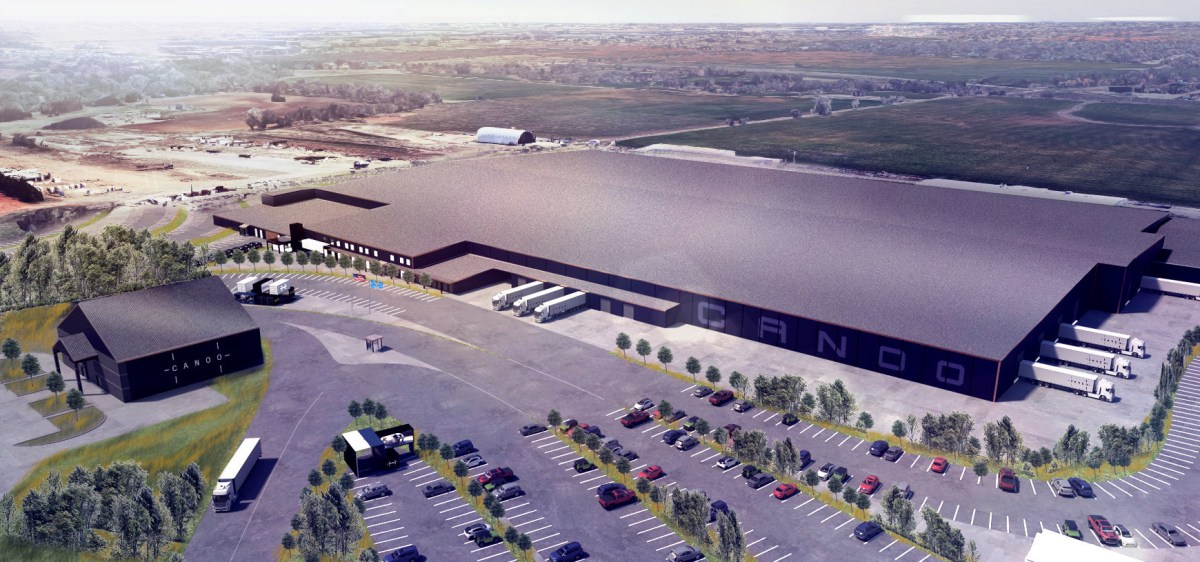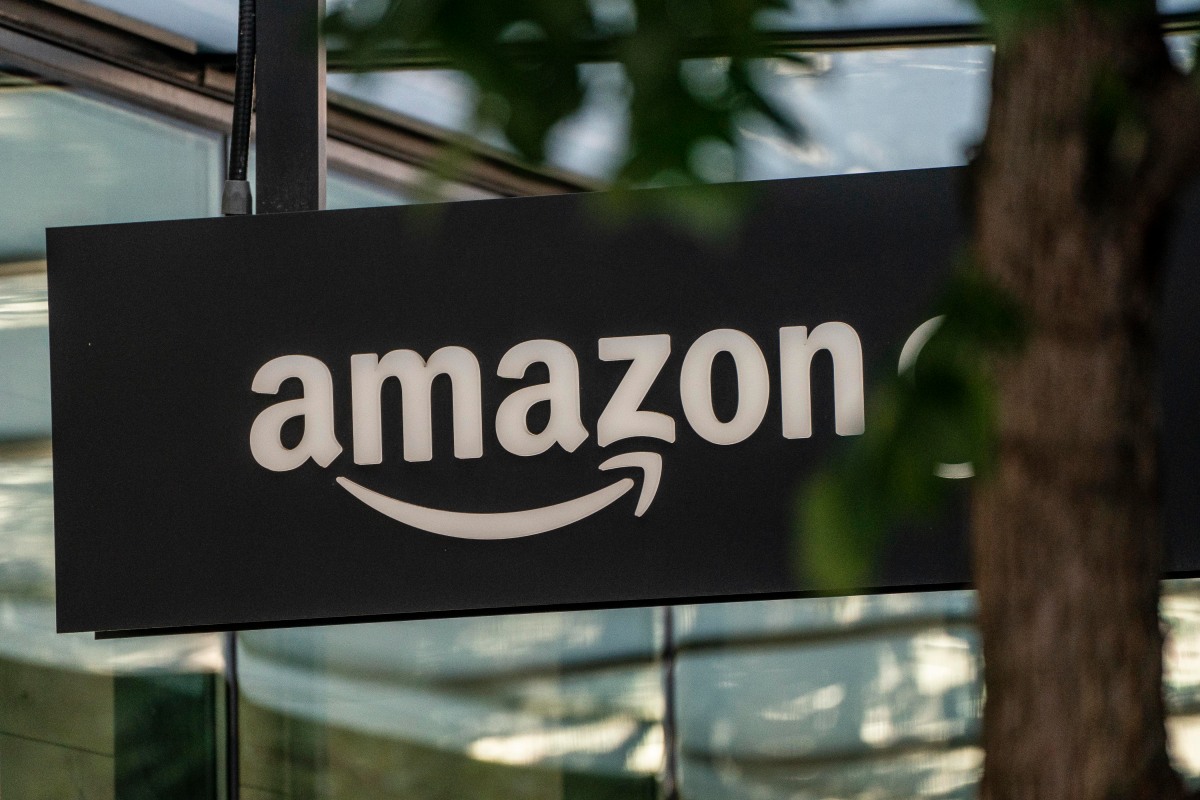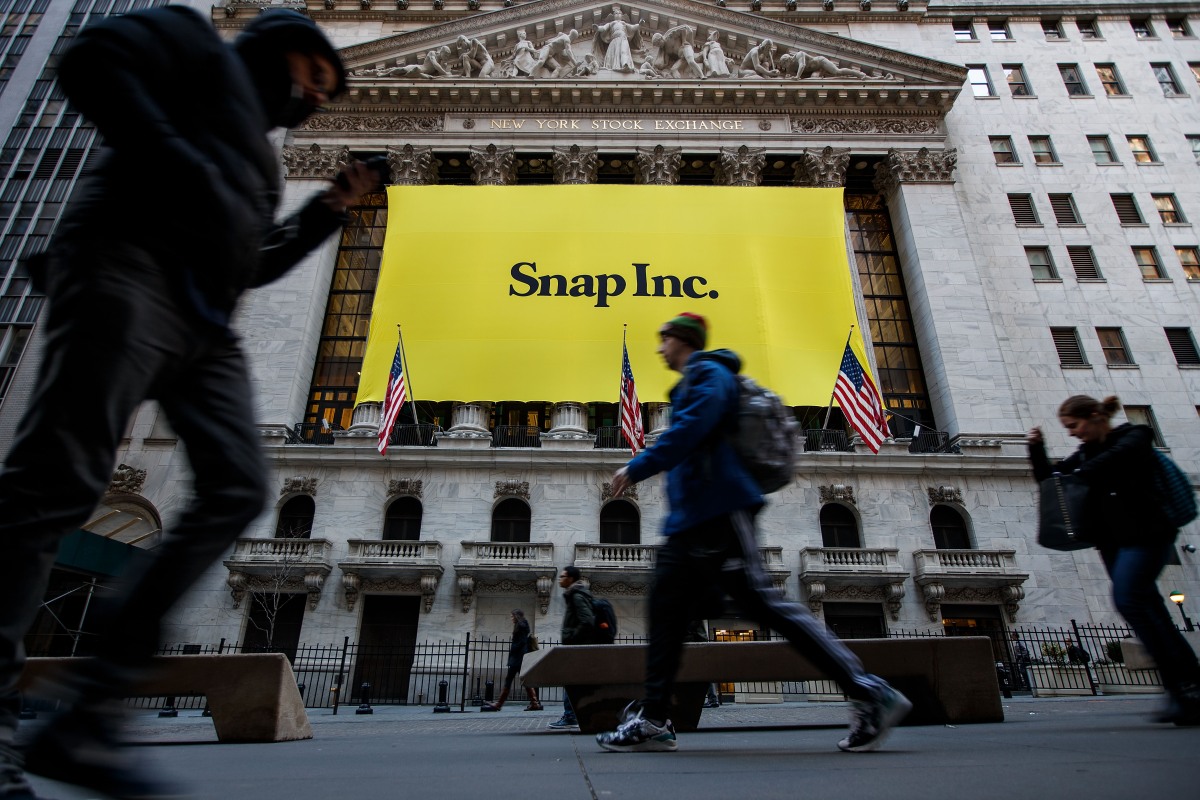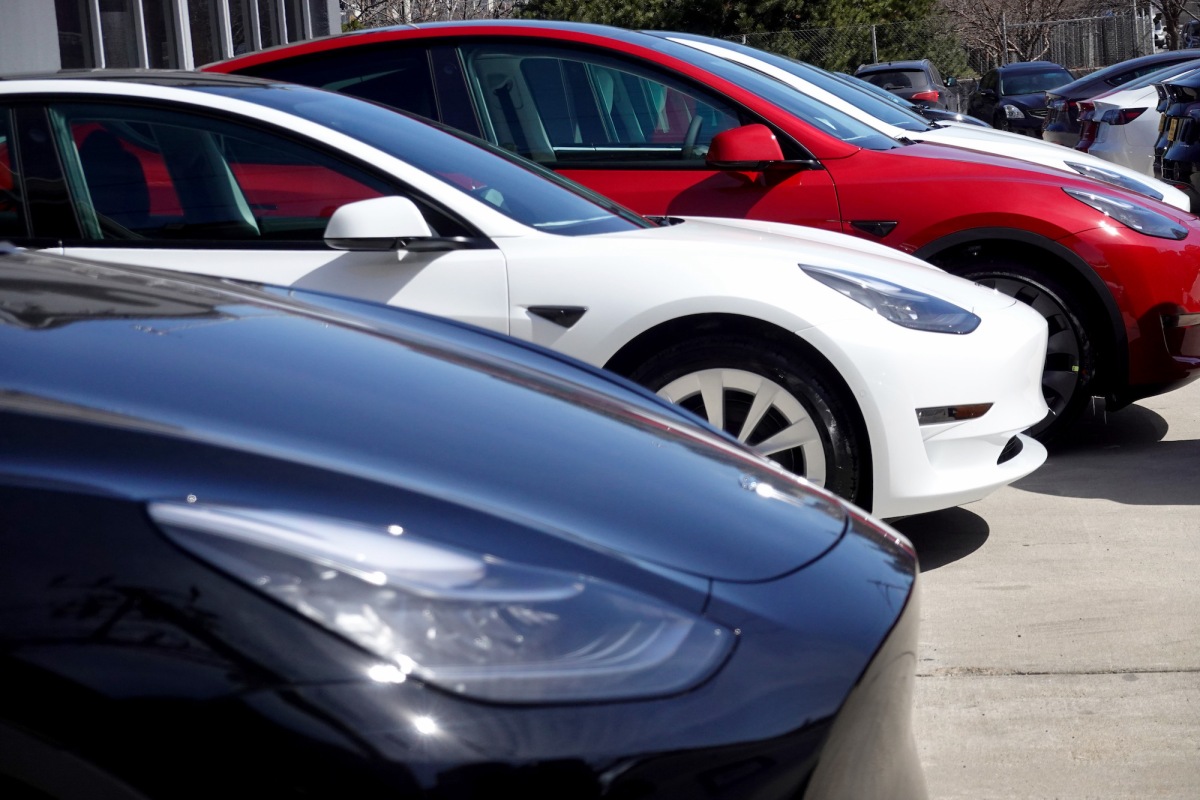Canoo to buy vehicle manufacturing facility in Oklahoma City • ZebethMedia
Commercial electric vehicle company Canoo entered into an agreement to acquire a vehicle manufacturing facility in Oklahoma City, the company announced Wednesday along with its third-quarter earnings. The news comes a week after Canoo said it would build an EV battery module manufacturing facility in Pryor, Oklahoma. The new facility will be dedicated to producing Canoo’s electric Lifestyle Delivery Vehicle (LDV) and Lifestyle Vehicle (LV), an electric SUV. Canoo is still working on its “megamicro factory” in Pryor, but until that comes online, this new facility will help Canoo ramp production and bring EVs to market in 2023. Canoo CEO Tony Aquila said the company expects to start production for the LDV on November 17 and complete final certification in the first quarter of 2023. The goal is to build 15 production vehicles this year, which will go to committed order customers like NASA and Walmart. The Oklahoma City 120+ acre facility has “production-ready infrastructure” and is “strategically located with easy access to road and rail,” according to Canoo Aquila. Canoo will adapt the facility to accommodate a full vehicle assembly line with robotics, a paint shop and upfitting center. Canoo said the facility will be powered by clean energy. “Following these initial builds, we will then aggressively shift all our equipment and focus to our new facility during Q1 and Q2 of 2023,” Aquila said Wednesday. “As we start production, we expect the first sellable vehicle deliveries to occur in the back half of Q1 and we will ramp production in 2H 2023 to 20,000 units run rate by year end.” Aquila said the megamicro factory in Pryor is “a bit delayed due to economic reasons,” but that when Canoo is able to shift resources there, the startup will be able to double its run rate to 40,000 units by the end of 2024. Long term, the Oklahoma City facility announced Wednesday will focus on producing defence and specialty products, said Aquila. In April, NASA selected Canoo to provide crew transportation vehicles for the crewed Artemis lunar exploration launches, and in July, the U.S. Army selected Canoo to supply EVs for analysis and demonstration. Canoo Q3 financials Canoo closed out the quarter with cash and cash equivalents of $6.8 million. That’s down from last quarter’s $33.8 million, and $224.7 million from the fourth quarter of 2021. In less than a year, Canoo burned through $217.9 million, and it’s still not generating revenue. Quarter-over-quarter, Aquila says Canoo’s cash burn is down 25% as the company continues to shift its expense mix, increasing the ratio of capital spend to operating spend. The company’s loss from operating activities totaled $109.4 million this quarter, and its GAAP net loss and comprehensive loss hit $117.7 million. Canoo says it has access to $200 million through an “at-the-market offering” program, as well, but access to capital isn’t the same thing as having cash on hand. “On the financing front, we have secured an additional $30 million in a PIPE and a note to be converted to cash or stock,” said Aquila, noting the company is in the final phases of evaluating different financing options for the Oklahoma facility. Canoo seems to be riding promises of future revenue to get access to more financing and stay afloat. After reporting first-quarter earnings this year, Canoo issued a growing concern warning, saying that it may not have enough funds to make it stay in business. Things improved for the company in the second quarter, in part due to its agreement with Walmart to sell 4,500 electric delivery vehicles. This not only assured future revenue for Canoo, but also gave the company another opportunity to go after additional non-dilutive and lower-cost capital financing opportunities. Since then, Canoo has also secured binding fleet orders from Kingbee and Zeeba to purchase 9,300 and 3,000 vehicles, respectively, with the option to increase to 18,600 and 5,450 vehicles, respectively. Today, Canoo has over $2 billion in total orders in its pipeline, according to Aquila. “The last two quarters have been very tight,” said Aquila. “The macro economic has worsened, pushing the cost of capital higher and forcing us to accelerate our maturity and manage costs efficiently to achieve our goals. We have been doing our best to manage cash, continued access to liquidity and dilution.” Aquila said that even though Canoo’s cash situation looks dire, he believes having less access to cash has led to more competitiveness and efficiencies. “Being able to teach the crew here how to run a business on ‘just in time’ milestone capital is a very disciplined approach as an investor, not just as the chairman and CEO,” he said “I know it is painful. But, you know, would you rather give a young company a lot of money, or would you rather give it money based on milestones?” Canoo revised its expenditure guidance for the remainder of the year, anticipating $70 million to $90 million in operating expenses, excluding stock-based compensation, and $30 million to $50 million of capital expenditures. “We are now on track for a 40% reduction in operating expenses for the second half of the year, which is significant improvement compared to a previously disclosed projection of 20% reduction,” said Ramesh Murthy, Canoo’s senior vice president of finance. Canoo’s stock, which closed at $1.17, is up 3.42% in after-hours trading.






